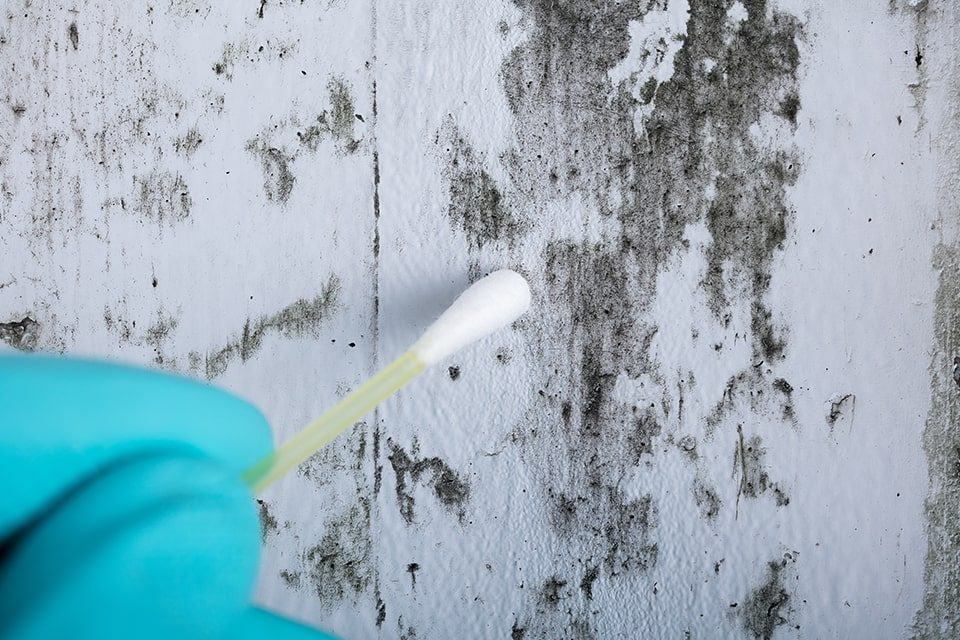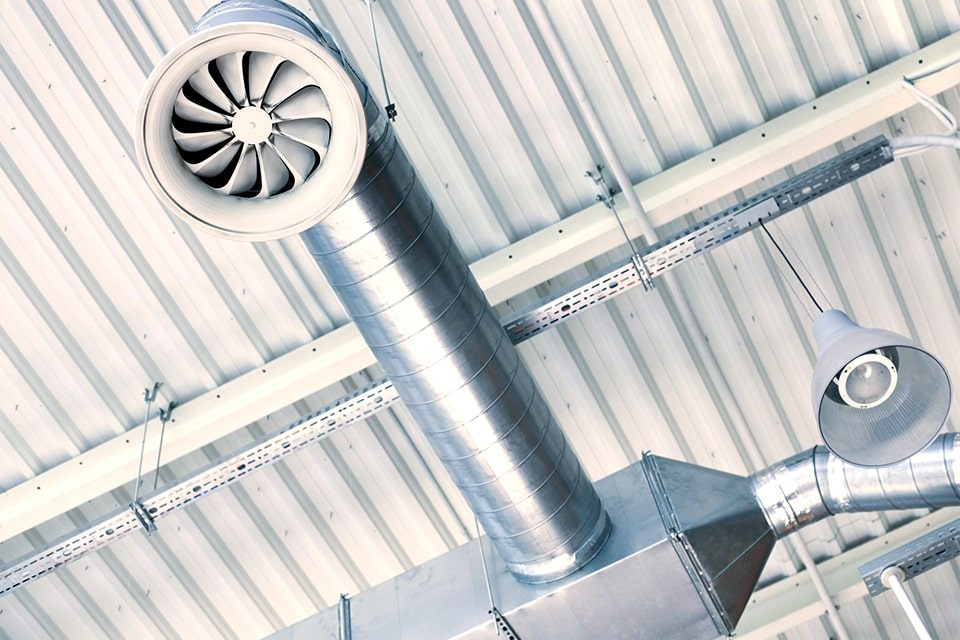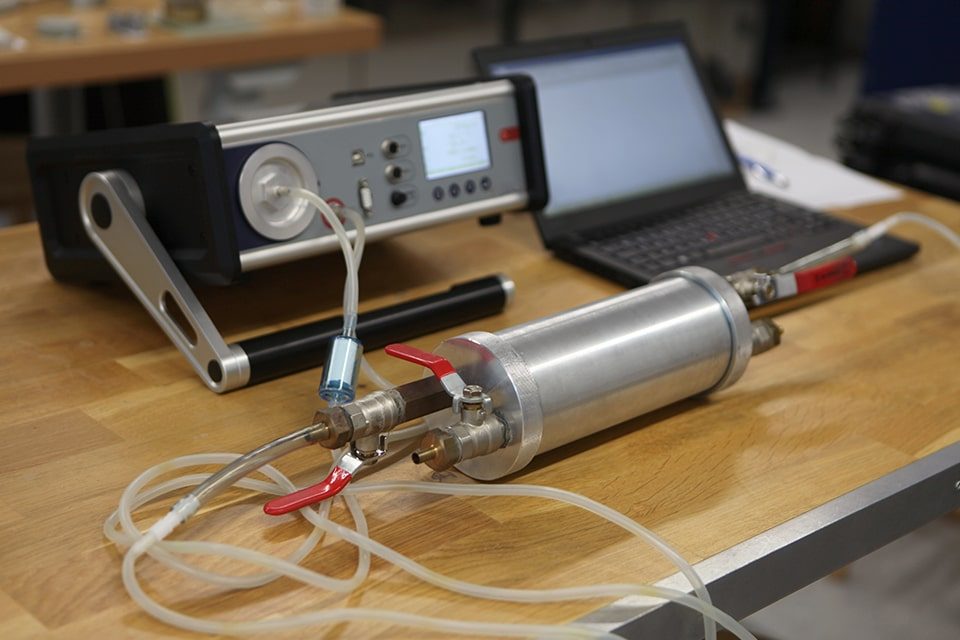Indoor Air Quality
Indoor Air Quality can promote good occupant health, comfort, and workplace productivity. This concept is one of the primary motivators for building owners, business owners and building mechanics alike to maintain acceptable indoor air quality within the inhabited spaces of their buildings.
Indoor air quality can be summarized as a healthy, acceptable environment for all employees, occupants, visitors, or residents. This environment shall be free from disease, allergenic properties, and esthetical discomfort. Problems that occur due to improper or contaminated indoor air quality have been referred to as either “Sick Building Syndrome” or “Building Related Illnesses.”
Additionally, problems with indoor air quality can be created through renovation activities that change a building’s layout. Damage to building systems, improper chemical use patterns, or changes in employee operations also affect the static indoor air quality environment. Symptoms resulting from allergenic impacts include cough, irritation, allergic reactions, exacerbation of previous conditions, headache, dizziness, fatigue or in some cases serious disease formation.
DeLisle routinely conducts indoor air quality investigations in both residential and commercial environments. Depending upon client needs and issues, these investigations vary and can or may also be affected individual susceptibilities.
Investigations can involve sampling for chemical, particulate, and environmental stressors like noise, electromagnetic field, and ventilation efficiencies. Reports are generated with conclusions drawn from data collected and, in most cases, recommendations are made to either reduce the impact of the stressor quantified or mitigate it altogether.








